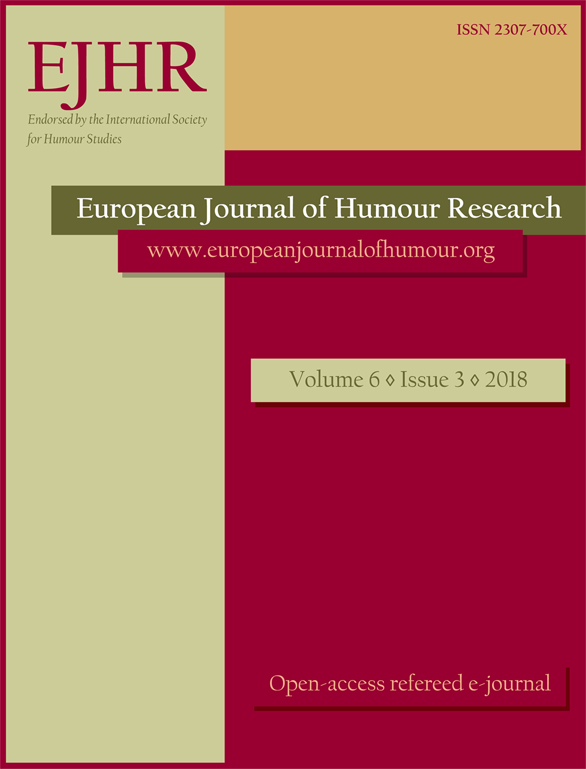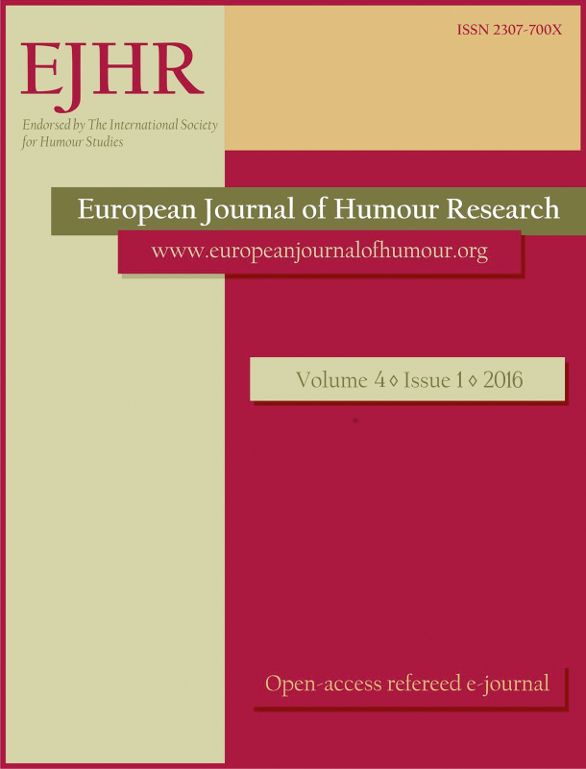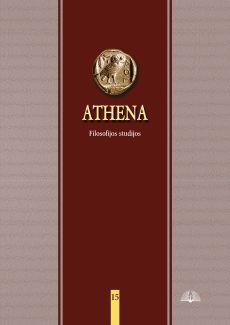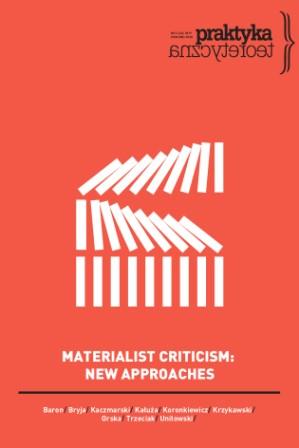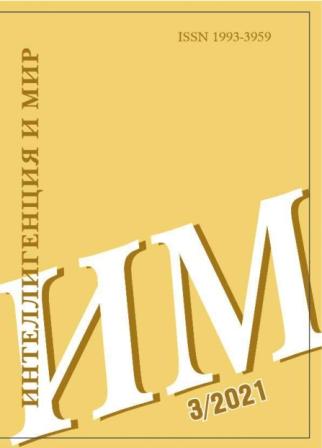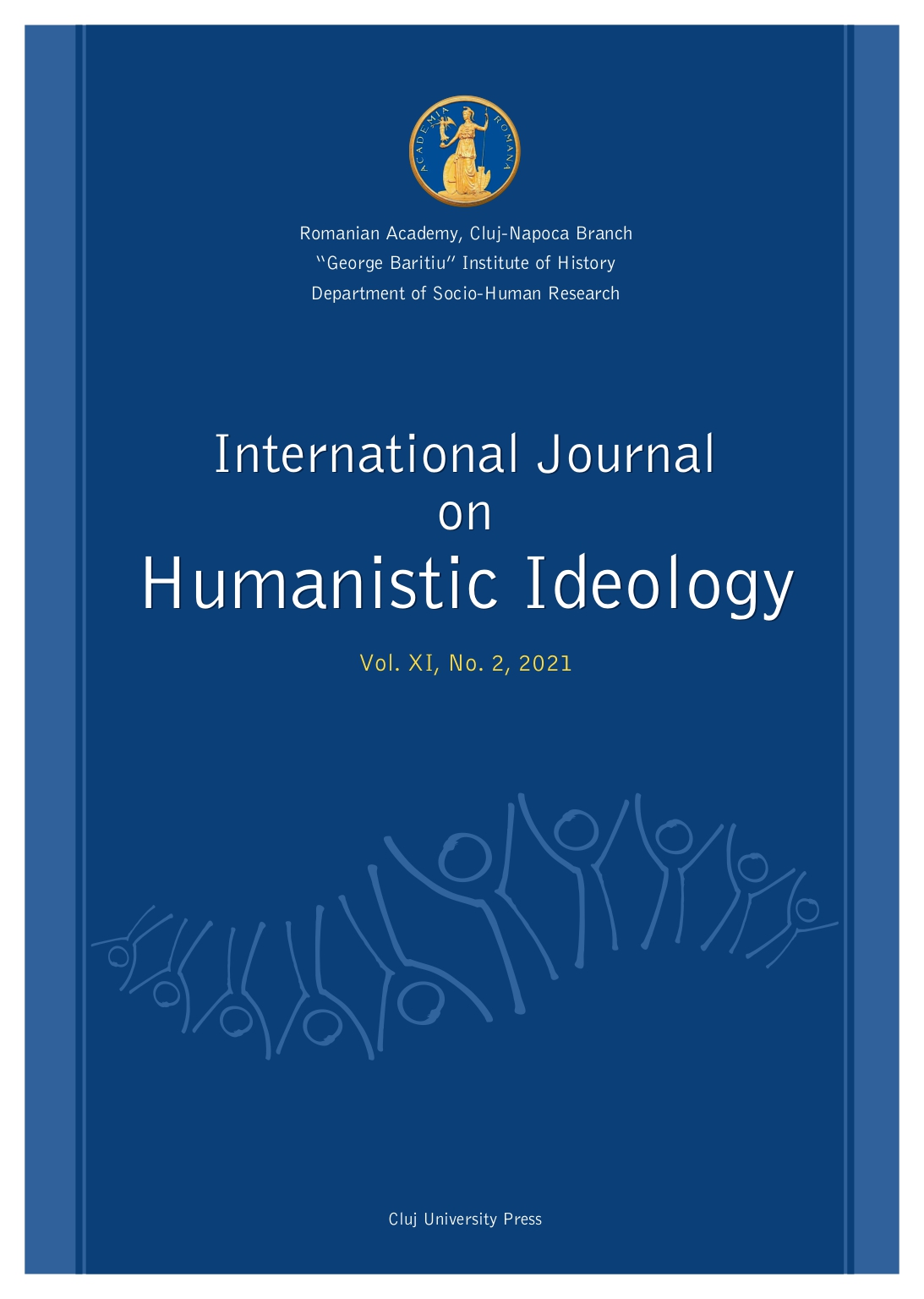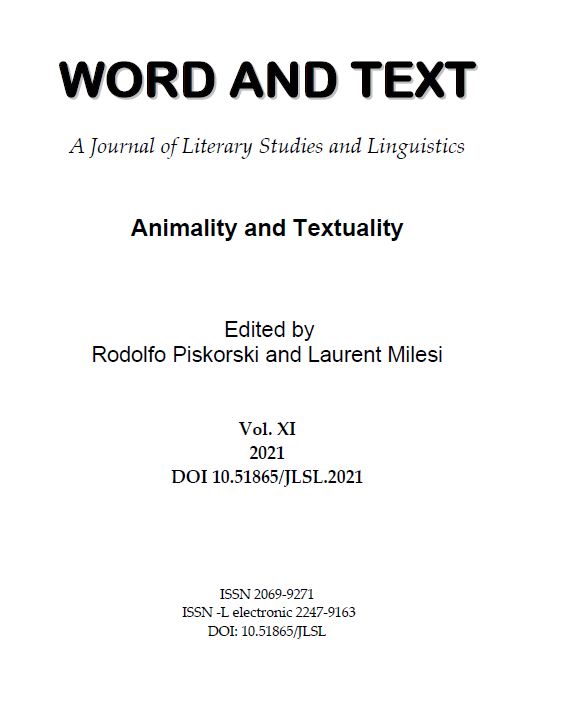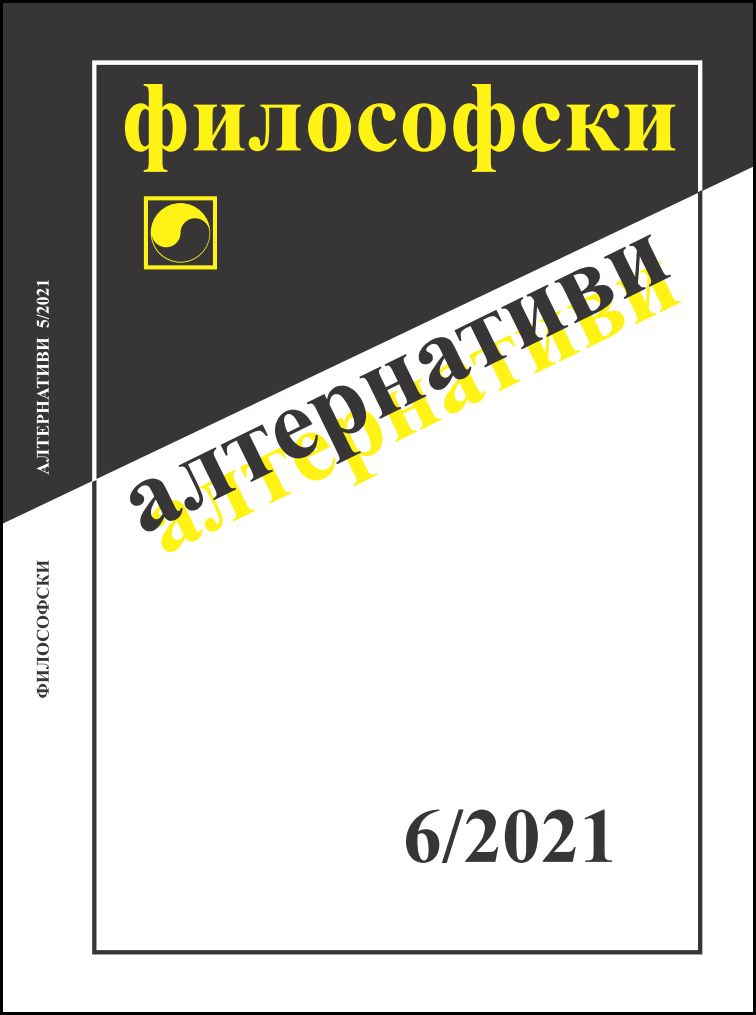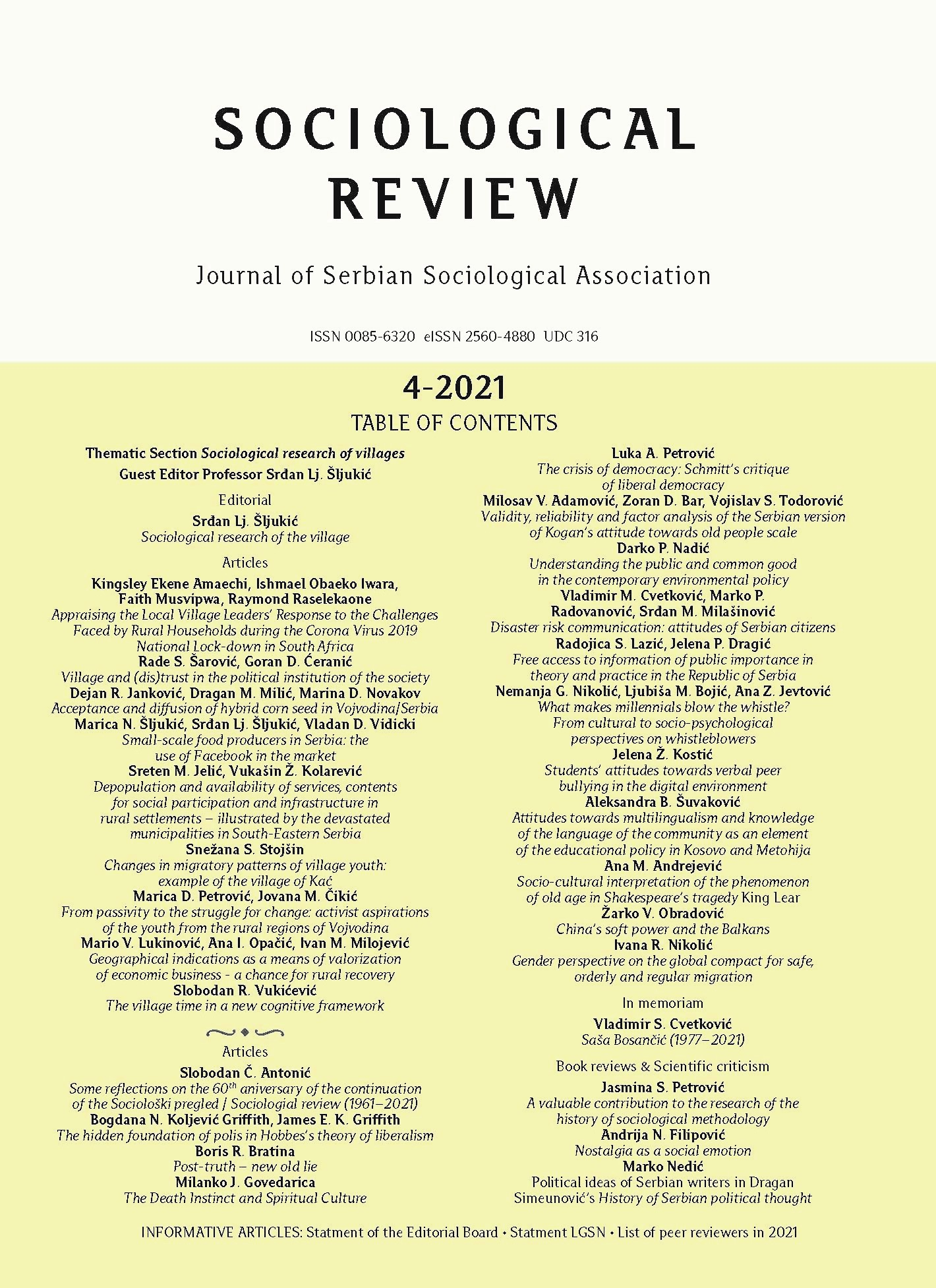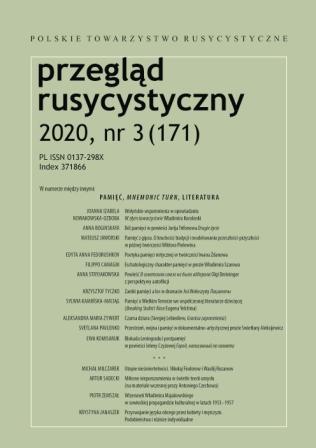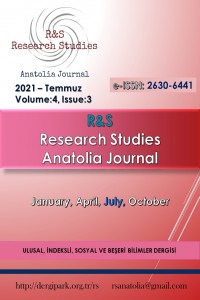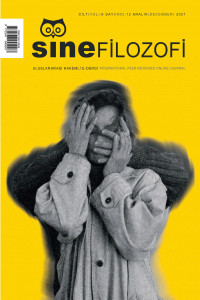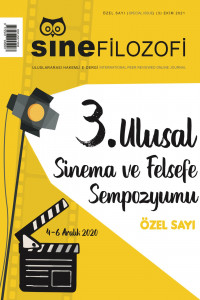Freud (1962) – A Stylistic and Theoretical Approach
The aim of this article is to discern - guided by works such as Frank Sulloway’s Freud, Biologist of the Mind, or Joseph Campbell’s The Hero with a Thousand Faces - the main stylistic and discursive elements contouring the myth of the hero in John Huston’s 1962 film Freud. It is contended that the biographical approach constituting the most apparent layer of the film is built on a theoretical approach covering the main tenets of psychoanalysis, as well as on a mythical approach gradually unfolding the archetypal figure of the hero, shaped by aspects such as the protagonist’s isolation and originality, the presence of helping characters, the descent to the underworld, etc. However, as it is famously the case for psychoanalysis, the founder’s biography is closely linked with the fate and image of his work: specifically, in this film, Freud’s journey is doubled by the emergence of psychoanalysis as a discipline, molded by inspiration, observation, and opposition. Thus, the film follows the main events in Freud’s life over ten crucial years, from his decisive travel to Paris and his acquaintance with Charcot’s work, up to his abandoning hypnosis in favor of free association and the birth of psychoanalysis. Even if – with the hindsight that Freud’s efforts of promoting his work have proved to be more than fruitful – one might be tempted to assume that this is a flawless hero’s journey, the end of the film stays somewhat ambivalent, casting a shadow of doubt over the apparent note of triumph: both Freud’s image and that of psychoanalysis are fated to an open future.
More...
